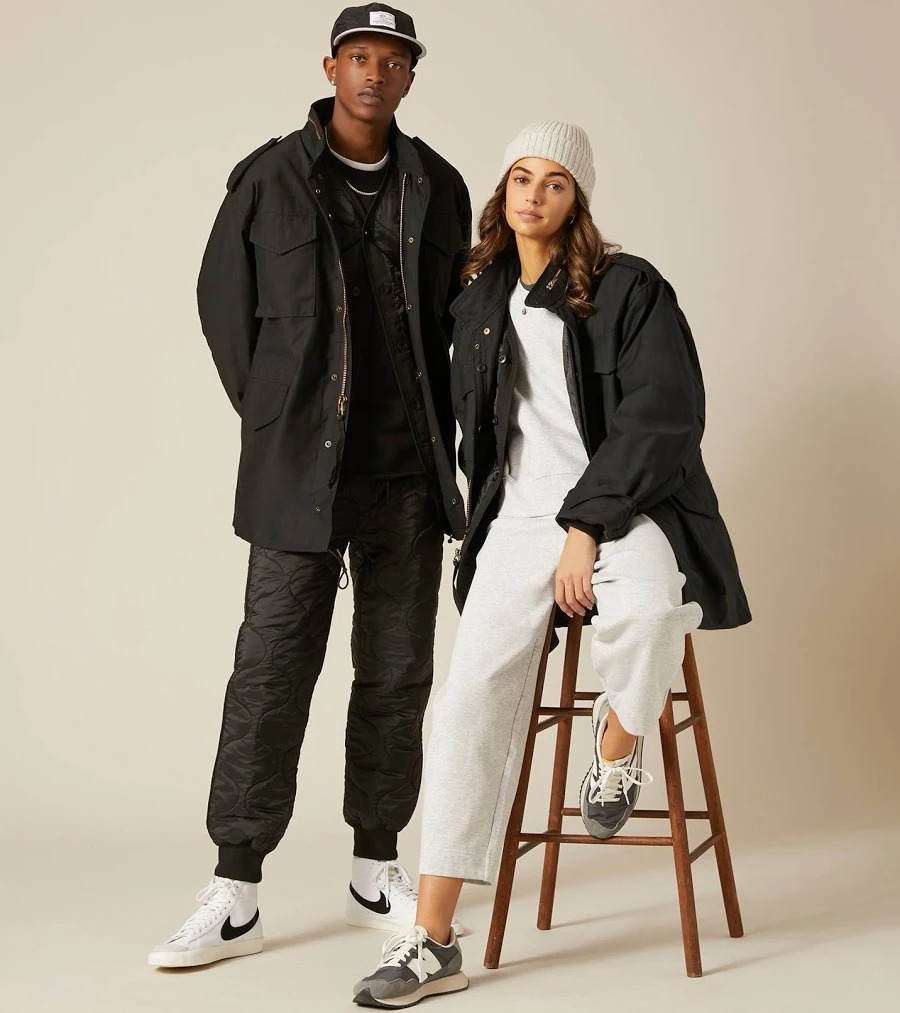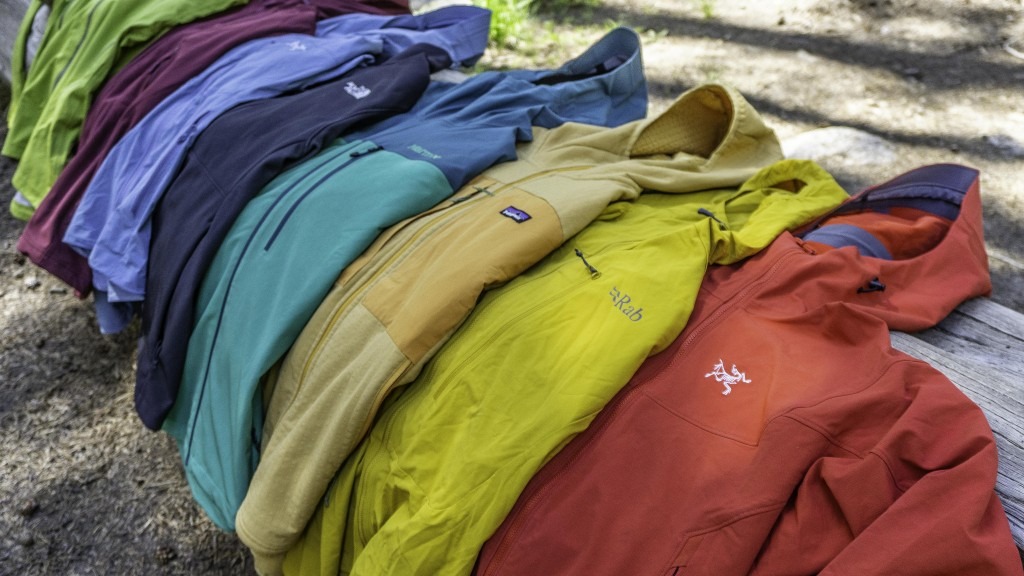In law enforcement and tactical duty, every second counts. The layout of a jacket’s pockets can mean the difference between quick response and missed opportunity. So, do hidden pockets actually improve officer safety and gear access?
Yes—tactical jackets with hidden pockets enhance officer safety and gear access by offering discreet storage for essential tools without adding bulk or visual exposure. These pockets support concealed carry, rapid retrieval, and organized load-outs, allowing officers to stay mission-ready while keeping a low profile.
Let’s break down how hidden pocket designs directly impact real-world tactical performance.
Why Is Pocket Design Critical in Law Enforcement Outerwear?
Officers carry more than weapons—radios, gloves, flashlights, notebooks, and medical kits all require placement. Poor pocket design can:
- Interfere with seated positions
- Slow down access to gear
- Create unsafe bulk or snags
Proper pocket placement and concealment are key to fluid movement and readiness.

What Are Hidden Pockets in Tactical Jackets Designed For?
Hidden pockets are low-profile compartments integrated into inner linings, seam structures, or behind zip panels. They’re intended to:
- Secure critical gear discreetly
- Hide valuables or documents
- Offer concealed carry access without outer exposure
They’re designed to avoid detection while remaining quickly accessible.

How Do Concealed Pockets Improve Gear Access in the Field?
Unlike traditional chest or sleeve pockets, hidden compartments:
- Don’t interfere with outer gear (vests, belts)
- Allow for quiet, one-handed access
- Reduce clutter by spreading gear across zones
This creates faster, more controlled access during stressful scenarios like traffic stops or building entries.

Can Hidden Storage Improve Officer Safety and Reaction Time?
Absolutely. Officers who carry secondary weapons or medical items in concealed jacket zones are:
- Less likely to be disarmed
- Able to retrieve backup tools under pressure
- Safer when transitioning between vehicles, buildings, or low-visibility areas
It also prevents visual signaling of what gear is carried, which can reduce targeting.

Which Gear Items Are Commonly Stored in Hidden Compartments?
- Small medical kits (tourniquets, gloves)
- Backup weapons or magazines
- Notebooks, pens, IDs
- Radio earpieces or wire systems
- Emergency restraints (zip ties, cuffs)
The goal is to keep low-priority but critical tools secure and discreet.
What’s the Difference Between Hidden and Utility Pockets?
| Pocket Type | Purpose | Visibility |
|---|---|---|
| Hidden Pocket | Conceal gear, backup tools, carry documents | Concealed |
| Utility Pocket | Primary access (radios, pens, phones) | Exterior |
Hidden pockets are strategic; utility pockets are frequent-use.

Which Tactical Jackets Offer the Best Hidden Storage Features?
Some trusted options include:
- 5.11 Tactical Sabre 2.0 – Hidden chest and ID pockets
- UF PRO Delta Eagle Gen.3 – Seam-integrated compartments
- Condor Summit Softshell – Internal carry zones
- Rothco Tactical Soft Shell Jacket – Concealed carry pockets
All provide balance between accessibility and operational discretion.

Should Hidden Pockets Be Standard in Tactical Uniform Jackets?
Yes—especially for:
- Undercover units
- Motor patrols
- K9 teams
- Rural or solo officers
Hidden pocket systems are becoming a baseline requirement for departments prioritizing adaptability, officer safety, and gear access efficiency.

Summary
Tactical jackets with hidden pockets are more than a comfort feature—they’re a strategic advantage. Ready to outfit your team with gear that protects and performs? Connect with our procurement team today for expert product matching.

